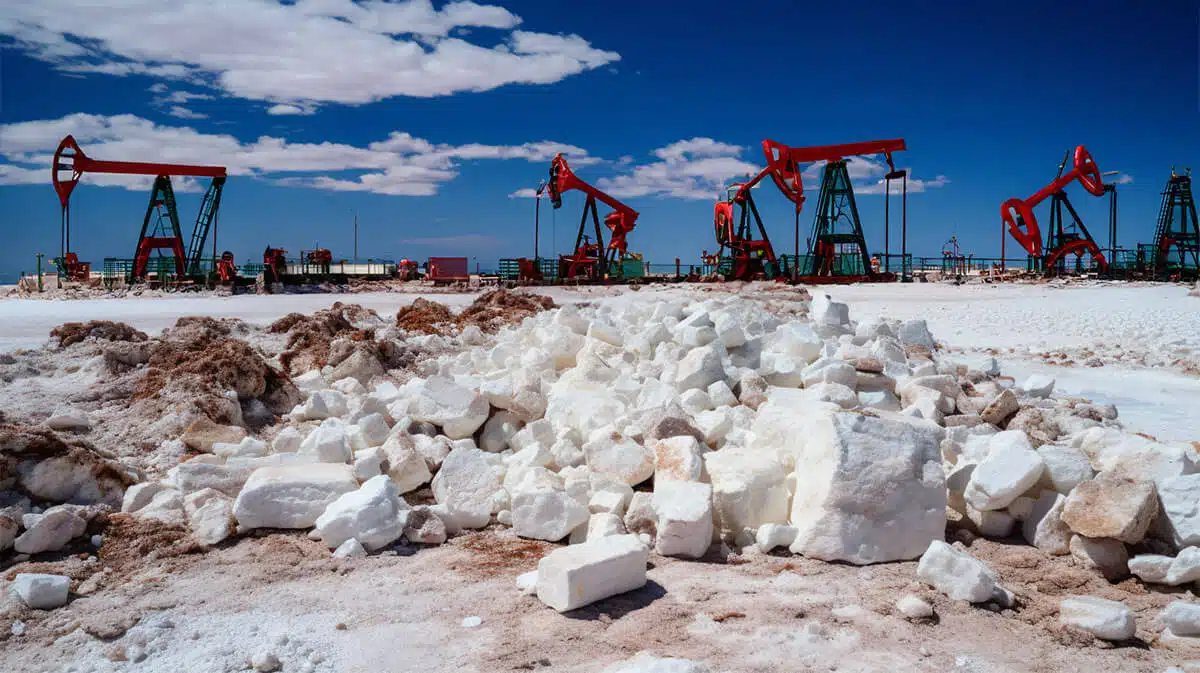Commodities are known for their cyclical nature, with the ebb and flow of demand causing prices to rise and fall.
We see this time and again with oil.
We saw it in 2008, when oil prices first reached $100 per barrel. At that time, demand was outstripping supply. Oil companies increased production to meet the growing demand, but the lag in supply caused prices to remain high for an extended period of time.
But while many people predicted prices would continue to soar – and maybe even reach $200 a barrel – two bearish factors hit: the high prices inevitably lead to reduced consumer demand along with the biggest recessions we’ve seen in decades. Both factors triggered a dramatic drop in the price of oil.
By the time the new supply came online, demand had already slowed. Lower demand and higher supply levels pushed the price of oil even lower, resulting in production cuts.
When demand eventually recovered (like it always does), it outpaced supply. The price of oil rose, and the cycle began all over again.
With the 2022 surge in lithium prices, many are wondering if the cycle we’ve repeatedly seen with oil will also apply to lithium… Will lithium follow the same trend?
It may surprise you to learn that this isn’t the first lithium boom the world has seen.
In fact, the first lithium boom began in the 1950s. At this time, the world’s primary source of lithium came from North Carolina and was extracted from spodumene (hard rock). Lithium was a key component of the military’s H-bomb program, and by the mid-1970s, U.S. lithium production was roughly 2,900 tons per year.
The next boom occurred in the early 1990s – when Sony began production of the lithium-ion battery used in consumer electronics. By the end of 1991, Sony had ramped up production to 100,000 batteries a month.
But in 1996, Sociedad Química y Minera de Chile S.A. (SQM), a Chilean fertilizer and mining company, began selling lithium extracted from brine. The new supply caused lithium carbonate prices to fall by a third, and marked the end of America’s lithium industry.
Now, we are in the midst of another lithium boom, with demand soaring as the EV revolution accelerates. And just like with other booms, supply is failing to keep pace, resulting in prices surging 1,300% higher over the past 2 years.1
This surge in demand has led to bullish forecasts, suggesting that supply needs to grow between 150,000 to 200,000 tonnes every single year.
To put this into perspective, Tesla is targeting a 20 million per year manufacturing goal of EVs by 2030, which would require more lithium than was produced in the world last year.
With surging prices, lithium investors have already seen impressive returns.
For example, shareholders in Pilbara Minerals realized gains of 1,640%, American Lithium Corp. handed investors 1,888%, and Patriot Battery Metals raked-in a massive 3,288% return.
But with the falling price of lithium in 2023, many are wondering whether the bubble has burst, and lithium could follow the same cycle as oil.
And while it is possible… It’s highly improbable.
Unlike oil, lithium demand is on a steep incline. The Paris Agreement, 2050 net zero goals, and government incentives have sent EV demand skyrocketing. And while the rise of demand may slow (meaning, it won’t increase as sharply), it is highly unlikely that it will decline.
Additionally, the current global economy isn’t as dependent on lithium as it is on oil. Therefore, rising lithium prices won’t trigger a recession.
So, while we may see price inclines taper off, it appears unlikely that lithium will follow in oil’s footsteps.
1https://www.usfunds.com/resource/2-8-lithium-investment-expected-to-jumpstart-the-white-gold-rush







